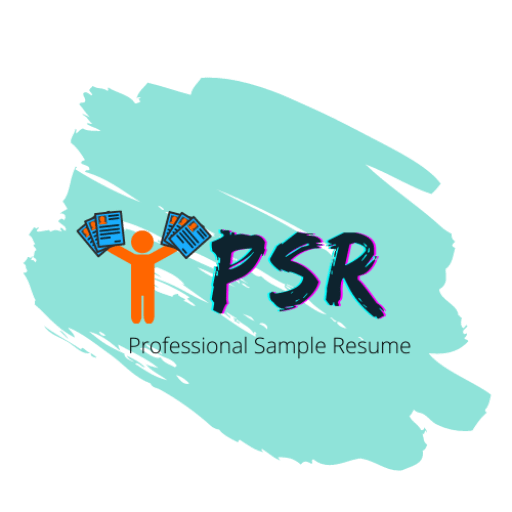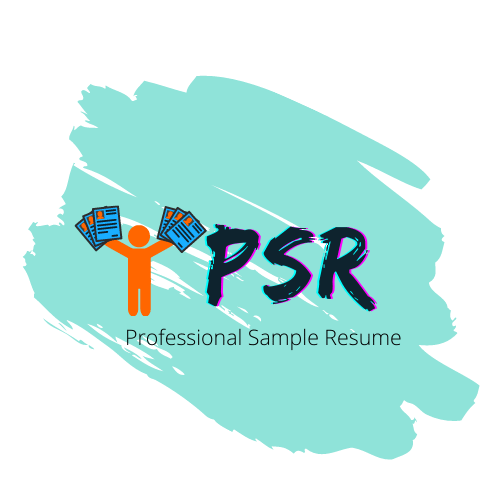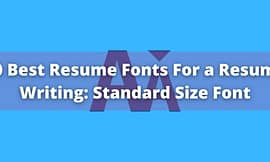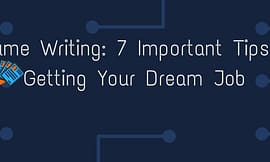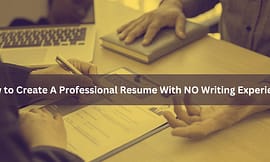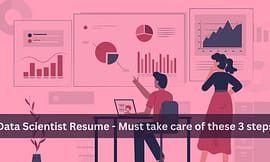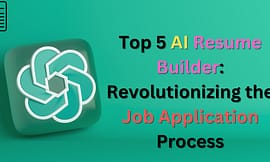Hi! I’m Deepak, and I’m a technical recruiter. I’m going to walk you through tips and advice to help you prepare a strong resume for Google that stands out for any job or internship at Google.
I will also share tailored resume recommendations and examples for business and engineering and technical roles that you can apply to your resume right away.
Let’s get started with a few important basics for your resume overall, and then we’ll walk you through everything you need to know for each section of the resume.
Reading Lists
Resume Basics
Format
Make sure the format is simple and consistent in design, font, sizing, and spacing throughout so that the person reviewing your resume can easily scan and find information quickly.
Black ink is always a safe bet, but other font colors are okay as long as they’re readable. And PDF formatting is preferred.
You may also read: 10 Best Resume Fonts For Resume Writing: Standard Size Font
Content
Include your contact information and email at the top. You don’t have to include objective statements, but if you do, make sure it’s relevant to the job You also don’t need to include references.
Length
Try to keep your resume to one page for business and internship roles and no longer than two pages for engineering roles.
Really focus on including what’s relevant for the specific role you’re applying for. Use bullet points with consistent formatting and structure throughout the resume rather than long paragraphs. And perhaps the most important tip I have overall is to always check for typos.
Technical and Engineering Candidates
List your programming languages at the top of your resume and make sure you’re comfortable interviewing in them.
It’s also critical you list your GitHub profile or other prominent open source work that shows us you’re contributing to the open source community, passionate about the work you’re doing, and looking to improve your skills.
For all resumes, it’s important to use clearly delineated sections. Think about what a recruiter needs to know about you and your experience and then organize them accordingly.
If you’re a student or a recent grad, education should always be listed first. If you’re an experienced industry professional, this section can be moved lower on the page. Experience should take up the bulk of your resume.
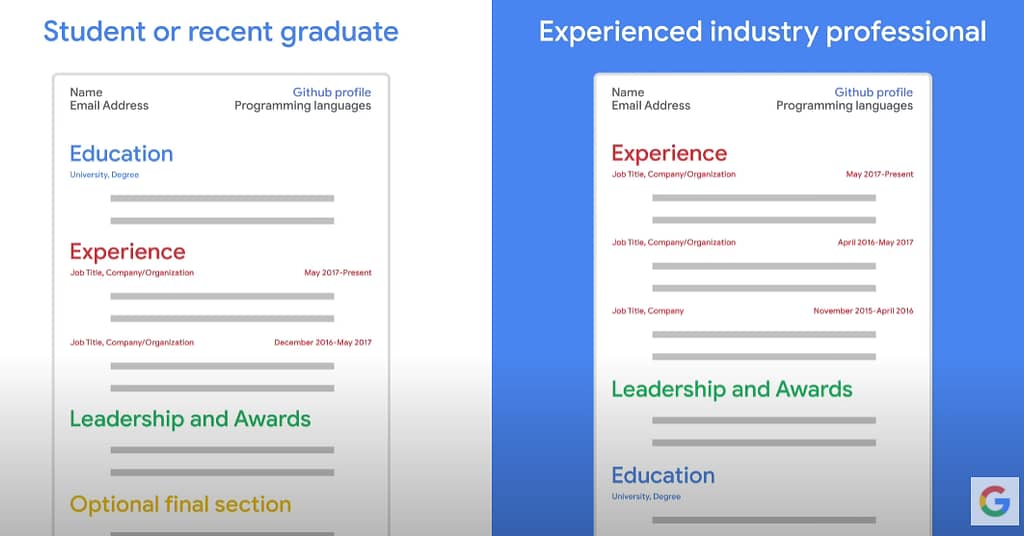
If you have multiple distinct categories of experience, consider creating subsections for each. If you’re a technical or engineering candidate, include personal or class projects next.
I then recommend including a leadership and award section. You can use an optional final section to tell us a little bit about yourself.
You may also read: 5 Golden Rules: Write an Incredible Resume
Advance Tips for Each Sections
Education
First up is education. Generally, the more recently you attended university, the more detail you should include here.
So pay close attention if you’re currently a student. Include all post-secondary institutions you’ve attended and all degrees and majors, with your most recent education first.
Definitely include your actual graduation date if you’ve graduated or the anticipated date if you’re still enrolled, and always in the month-year format rather than season-year. (For example, May 2017 instead of Spring 2017.)
For current and grads students
If you’re a current student or recent grad, include your cumulative grade point average, too.
But don’t be scared by this. Although GPA is a factor, they look at the whole package and understand that every school and student is different.
Experience
Experience is next on the list, and it can come in many different forms beyond jobs and internships. So if you’re a student, be sure to include impact from things like academic research, teaching or tutoring experience, personal projects, and student, group, and class projects.
If you’re applying for technical or engineering roles, be sure to include any experience with open source, mobile app or web development, hackathons, and coding competitions.
Think through all of your relevant experience for the role and then use these tips to showcase them on your resume.
You’ll want to list everything in reverse chronological order with your most recent experience first. Include your employer, position, and dates employed for all jobs and internships in the month-year format.
Keep your bullet point descriptions concise and clear, and make the most of your space by streamlining bullet points that spill over onto the next line by only one or two words.
And for each bullet, use action words like created, designed, debugged, negotiated, developed, managed, and so on, so the person reading your resume can easily and quickly understand your skills and experience.
A big tip here is to read the job description and look at the language it uses. Writing a resume for a specific job description takes a little bit of effort, but it can really help your application to stand out.
You can even bold and italicize keywords related to the job description to highlight your relevant skills and experience.
You may also read: Resume For Internship: How To Write A Resume With Little or No Work Experience
It’s important to focus on the results and impact of your work, so list metrics and examples concisely rather than writing long descriptions.
Use data and comparisons or averages to provide context. They value data at Google and want to see you know how to apply it when speaking to your accomplishments.
If you’re applying for technical or engineering roles, be sure to include the programming language you used in bold for each project you include.
To ensure you focus on results and impact in this section, I recommend using this helpful framework. Accomplished [X] as measured by [Y] by doing [Z].
Examples
Let’s walk through a few examples for different types of experience. If you’re applying for technical or engineering roles, this example should be particularly helpful.
“We have increased server query response time by 15% by restructuring API.” This concisely conveys the impact backed up by data and communicates a skill.
In this case, it’s restructuring an API, but it could be experience like adding new hardware, algorithmic improvements, caching answers, or implementing machine learning.
Here’s another example for those of you applying for business roles. The goal here is to convey account management experience.
We have a good starting point with the first statement, and we can make it stronger with metrics. So it reads– “Grew revenue from small/medium business clients by 10% quarter over quarter.” Now let’s take it a step further by adding more context.
So the final version reads– “Grew revenue from 15 small/medium business clients by 10% quarter over quarter by mapping new software features as solutions to their business goals.”
This framework is also helpful to apply to the next section of your resume– leadership and awards. Here you can include any relevant leadership positions, awards, university honors, scholarships, or other types of recognition.
Let’s look at an example. [Accomplished [X] as measured by [Y] by doing [Z] Here we want to communicate membership to a particular group or program. The initial statement can become stronger by including metrics.
You may also read: Best Way to Optimize Your Resume Format
So it reads– “Selected as one of 200 participants for an 18-month professional development program for high-achieving black and Latinx talent in tech.”
Let’s take it a step further by adding more context. So the final version reads– “Selected as one of 230 participants nationwide for an 18-month professional development program for high-achieving black and Latinx talent in tech based on leadership potential and academic success.”
The last section of your resume should include anything else we should know about you because we love learning about what makes you. This is particularly important if you’re currently a student.
[Optional final section] Be sure to include any involvement you have in student groups, including multicultural, academic, community service, and social organizations, especially if you have a leadership position.
And again, use the accomplished [X] as measured by [Y] by doing [Z] framework, to communicate your impact. You can also link relevant publications, papers, patents, and conference presentations, too.
Those are a few ideas, but feel free to add any other meaningful extracurricular activities or experiences you might have in this section as well.
And those are my tips and advice to help your resume stand out.
